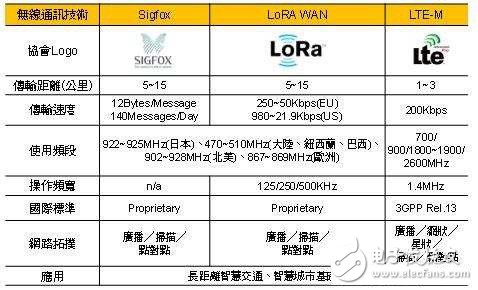With the rise of wearable devices and the Internet of Things (IoT), manufacturers have developed very low power consumption, integrated Sub-GHz and even 2.4GHz Wi-Fi/BLE for the small size and low power consumption of IoT devices. (IoT microcontrollers (MCUs)/modules for wireless communication technologies such as Bluetooth Low Energy, the IoT MCU market is estimated to reach more than $3.5 billion in 2022.
Each MCU factory will provide Linux/RTOS (Real TIme OperaTIng System) or other open source operating system (OS), driver, mediation software or networked stacking software and hardware package solution (Turnkey SoluTIon) for IoT MCU, but development strategy There are many differences.
IC design companies will integrate with MCUs that they have developed in the past, such as NXP's JN-516X MCU, Texas Instruments' SimpleLink CC430 MCU; and some are MCUs outside of ARM (ARM) Finance (IP), such as Espressif Systems' ESP8266/ESP32 series, uses Tensilica's Xtensa MCU IP, which was acquired by Cadence.
The IPM Cortex-M locks in low-power wearable applications and the IoT market, and has become the favorite of all MCU factories. MCU will moderately reduce the existing IP computing performance/specification, supplemented by diversified Wi-Fi radio frequency (RF) chips or integrated functions to differentiate the market, such as Norway's Nordic Semi's nRF51 and nRF52 series, and Germany's The 3100/3200 MCU, Silicon Labs' Wireless Gecko series system single-chip (SoC), and MediaTek's LinkIt MTS2502A processor are based on the ARM v7 processor architecture.
IDM (Integrated Device Manufacturers) with fabs such as Intel (Intel) and Samsung (Samsung) have completely different design orientations. After the Atom processor, Intel rebuilt the Quark SoC for wearable/IoT devices and actively promoted the IoT platform Open Connectivity Foundation (OCF) standard. Samsung is taking the second source of Secure Source IP as a strategy. In addition to mastering the ARM processor architecture, it also acquired MIPS from Imagination Technologies for a variety of options and built its ARTIK IoT module. family.
In response to the exponential growth in the number of IoT networking devices in the next few years, the industry has also proposed Low Power Wide Area Network (LPWAN), such as Sigfox, LoRa (Long Range) or LTE-M in the development stage. This will be the focus of the next wave of IoT MCUs with even integration.
List of wireless communication technologies used and integrated by IoT MCUs

Special equipment for university physics laboratory
Teaching Equipment,Optical Bench Kit,Optical Instruments In Physics,Electrooptical Modulator Experimental Instrument
Yuheng Optics Co., Ltd.(Changchun) , https://www.yhencoder.com
